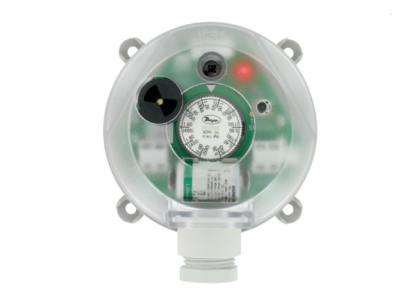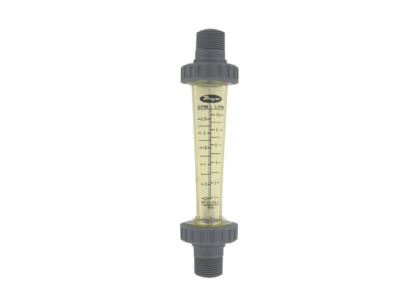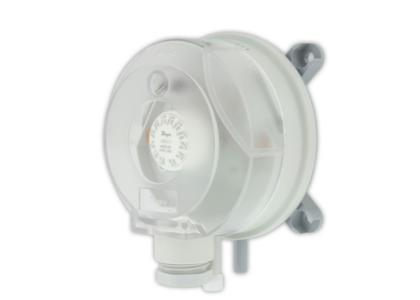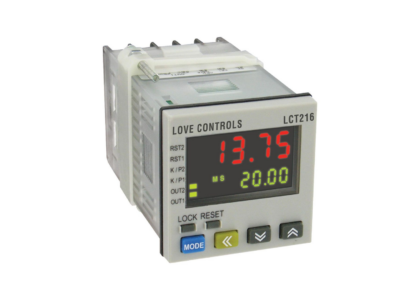Electronic Components and Connectors are foundational elements in electronic systems, essential for building reliable circuits, enabling power transfer, and facilitating signal processing across applications. With technological advancements, connectors and components have become increasingly specialized to meet the demands of diverse industries, including automotive, telecommunications, consumer electronics, and industrial automation.
Key Electronic Components:
- Resistors: Components that limit current flow and control voltage in circuits, used for various applications from power management to signal processing.
- Capacitors: Store and release electrical energy, often used in power supply filtering, signal coupling, and noise reduction.
- Inductors: Passive components that store energy in a magnetic field, commonly used in power supplies, transformers, and radio-frequency applications.
- Diodes: Allow current to flow in one direction only, crucial for rectification, signal demodulation, and circuit protection.
- Transistors: Semiconductors that amplify or switch electronic signals and power, forming the backbone of digital circuits in computers and other devices.
- Integrated Circuits (ICs): Miniaturized circuits with multiple components embedded on a single chip, essential for processing, computing, and controlling applications.
Importance of Connectors:
Connectors facilitate the connection between Electronic Components and various modules within a device, ensuring a stable and efficient pathway for electrical signals and power. They are designed to maintain reliability, especially in high-vibration or high-temperature environments, and support plug-and-play functionality, which is essential in modular electronics.
Types of Connectors
- Wire-to-Board Connectors: Connect wires to printed circuit boards (PCBs), often used in consumer electronics, automotive applications, and industrial equipment.
- Board-to-Board Connectors: Connect two PCBs, allowing signal and power transfer within complex assemblies, ideal for compact devices and integrated systems.
- RF Connectors: Designed for high-frequency signal transmission, used in telecommunications, radio, and broadcasting.
- USB Connectors: Standard for data and power transfer in consumer electronics, used in devices like computers, smartphones, and peripherals.
- Automotive Connectors: Built to withstand harsh environmental conditions, providing secure and reliable connections in vehicles.
- High-Density Connectors: Allow for compact, multi-pin configurations, widely used in networking, telecommunications, and data centers.
Advantages of Quality Components and Connectors:
- Enhanced Reliability: High-quality components ensure that electronic systems function smoothly and last longer with minimal maintenance.
- Efficient Power Management: Components like resistors, capacitors, and inductors help optimize power use, reducing energy waste.
- Improved Signal Integrity: Connectors and diodes protect signal quality, reducing noise and maintaining data accuracy.
- Scalability and Modularity: Connectors enable modular designs, allowing for easy upgrades, repairs, and customization.
Applications in Various Industries
- Automotive: Electronic components and connectors power everything from engine control units to infotainment systems, providing robust and weather-resistant solutions.
- Telecommunications: Essential in network infrastructure, where connectors and high-quality components support high-speed data transmission and reliable network performance.
- Consumer Electronics: In devices like smartphones and laptops, connectors and components are chosen for size, durability, and data handling capacity.
- Industrial Automation: Used in machinery and robotics, where durability and reliability are critical in controlling and powering automated systems.
Future Trends
- Miniaturization: Smaller, more powerful components and connectors are supporting compact, portable device designs.
- High-Speed Connectivity: As data rates increase, connectors and components are evolving to support high-frequency and high-speed applications.
- Environmental Resistance: For outdoor and automotive applications, there is a growing focus on water, dust, and corrosion-resistant connectors.
- Sustainable Materials: Eco-friendly components and connectors, which are recyclable or reduce environmental impact, are becoming a priority for manufacturers.
Electronic Components and Connectors are integral to the design, functionality, and durability of modern electronic systems. By choosing quality parts that suit the application’s needs, designers and engineers can create devices that are not only high-performing but also reliable and sustainable.



